Preface
Contents
Chapter-1
Introduction to Radio Frequency
1.1 Tracing the History
1.2 Electromagnetic Wave
1.2.1 The Electric Field
1.2.2 Electric and Magnetic Fields
1.2.3 Mechanism of Electro Magnetic Radiation
1.2.4 How to Intercept Electro Magnetic Radiation
1.3 Antenna Basics
1.3.1 Dipole Antenna
1.3.2 Uniformly Excited Linear Array Antenna
1.3.3 Non-uniformly Excited Linear Array Antenna
1.3.4 Side Lobe Cancellation in Non-uniformly Excited Linear Array Antennas
1.3.5 Radiation Patterns of Commercial Antennas
1.3.6 Antenna Gain
1.3.7 Antenna Beam Width
1.3.8 Front To Back Ratio
1.3.9 Frequency Response and Bandwidth
1.4 Conclusions
References
Chapter-2
Free Space Propagation
2.1 Free-Space Propagation in Time and Space
2.2 Derivation of Free Space Pathloss Formula
2.3 Free Space Path Loss Formula Exhibits Equation of Straight Line [4]
2.4 ERP and RSL
2.5 Conclusions
References
Chapter-3
Multipath Propagation
3.1 Introduction to Multipath
3.2 Effect of Fresnel Zone
3.3 The Existence of a Free Space Propagation Medium in Outdoor Propagation Environment
3.4 An Alternate Proof
3.5 The Existence of a Free Space Propagation Medium in Buildings and Shopping Malls
3.6 The Existence of a Free Space Propagation Medium in Tunnels and Subways
3.7 Conclusions
References
Chapter-4
Empirical Propagation Models
4.1 Empirical Propagation Models
4.2 Okumura-Hata Urban and Dense Urban Model Exhibits an Equation of Straight Line
4.3 Okumura-Hata Suburban & Rural Model Exhibits an Equation of Straight Line
4.4 Walfisch-Ikegami Line of Sight (LOS) Model Exhibits an Equation of Straight Line
4.4.1 Walfisch-Ikegami Non Line of Sight (NLOS) Model Exhibits Equation of Straight Line
4.5 Lee Model
4.6 Radio Frequency Deployment Guidelines
4.7 Conclusions
References
Chapter-5
Statistical Analysis in RF Engineering
5.1 Why Statistical Analysis?
5.2 Regression Analysis
5.3 Prediction of Random Data with Confidence
5.3.1 Problem 5.1
5.3.2 Solution 5.1
5.4 Drive Test, Data Collection and Statistical Analysis
5.4.1 Problem 5.2: Cell Design With 50 % Confidence Level
5.4.2 Solution 5.2:
5.4.3 Problem 5.3: Cell Design With 90 % Confidence Level
5.4.4 Solution 5.3:
5.5 A PC Based RF Planning Tool: A Student Project
5.5.1 Background
5.5.2 Choice of Propagation Model
5.5.3 Description of the CAD Project
5.5.4 Step-By-Step Design Process
5.6 Conclusions
References
Chapter-6
Radio Frequency Coverage: The Cell
6.1 Introduction
6.2 The Concept of Cell
6.3 The Distance Between Two Hexagonal Cells
6.4 Frequency Reuse and C/I
6.4.1 C/I Due to a Single Interferer
6.4.2 C/I Due to Multiple Interferers
6.5 Frequency Reuse
6.5.1 Basic Concept
6.5.2 Example of N = 7 OMNI Frequency Plan
6.5.3 Evaluation of Co-Channel Interference
6.5.4 Evaluation of Adjacent Channel Interference
6.6 120° Sectorization
6.6.1 Basic Concept
6.6.2 N = 7/21, 120° Sectorization Plan
6.6.3 N = 7/21, 120-Deg. Co-Channel Interference
6.7 N = 3 Tri-Cellular Plan
6.7.1 Alternate Channel Assignment
6.7.2 N = 3 Cyclic Distribution of Channels
6.7.3 N = 3 Co-Channel Interference
6.8 Conclusions
References
Chapter-7
Global RF & Co2 Pollution Transition to Green Cellular Technology
7.1 Introduction to Global RF and CO2 Pollution
7.2 Mechanism of RF Absorption
7.2.1 The Range of Frequencies We Absorb
7.2.2 An Instrument to Detect RF Absorption
7.2.3 Amount of Power We Absorb
7.2.4 Energy Efficient Cell Design
7.3 Green Cellular Technology
7.3.1 Background & Definition
7.3.2 Fresnel Zone Break Point & Cell Radii
7.3.3 The Green Cell
7.3.4 Green Cell Reuse & C/I
7.4 Green Cellular Hierarchy
7.4.1 Background
7.4.2 Microcell Deployment
7.4.3 Picocell Deployment
7.4.4 Femtocell Deployment
7.5 Conclusions
References
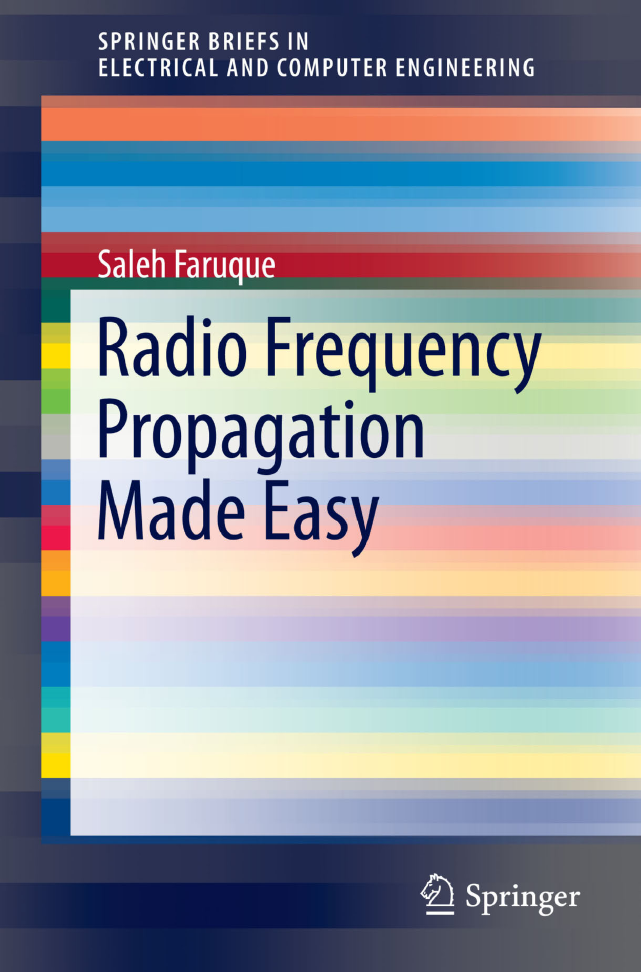

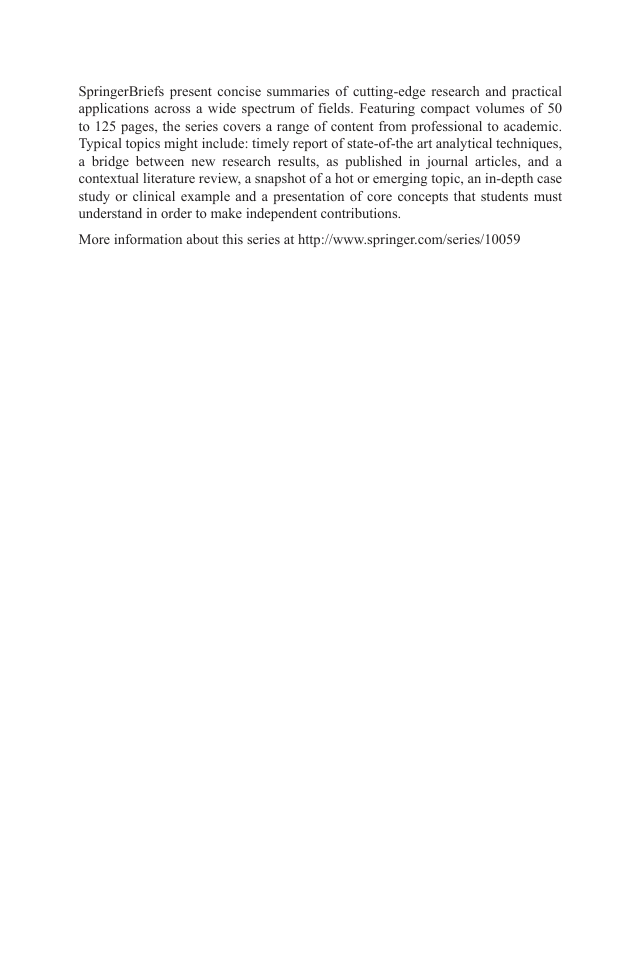

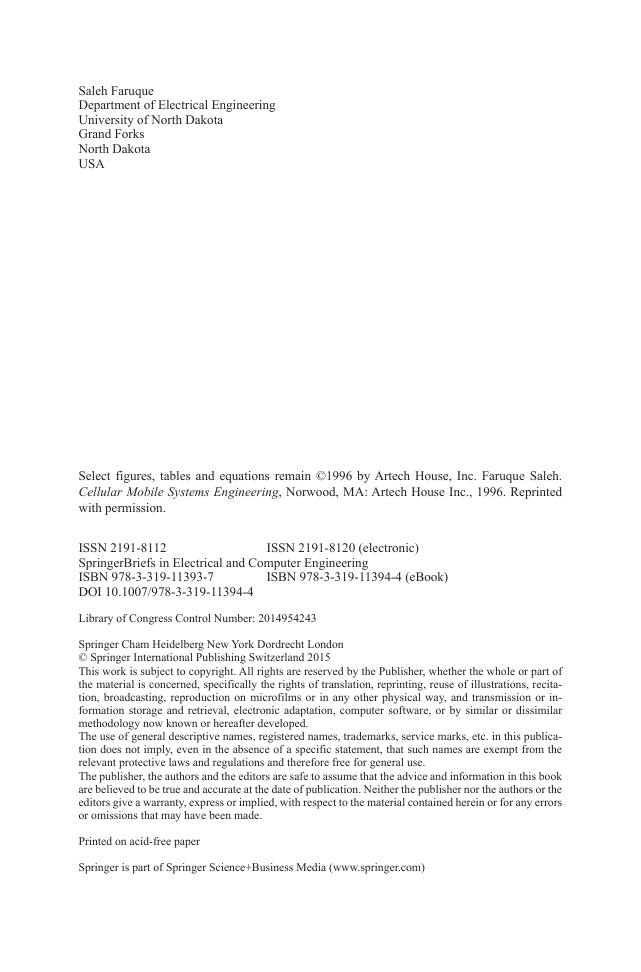
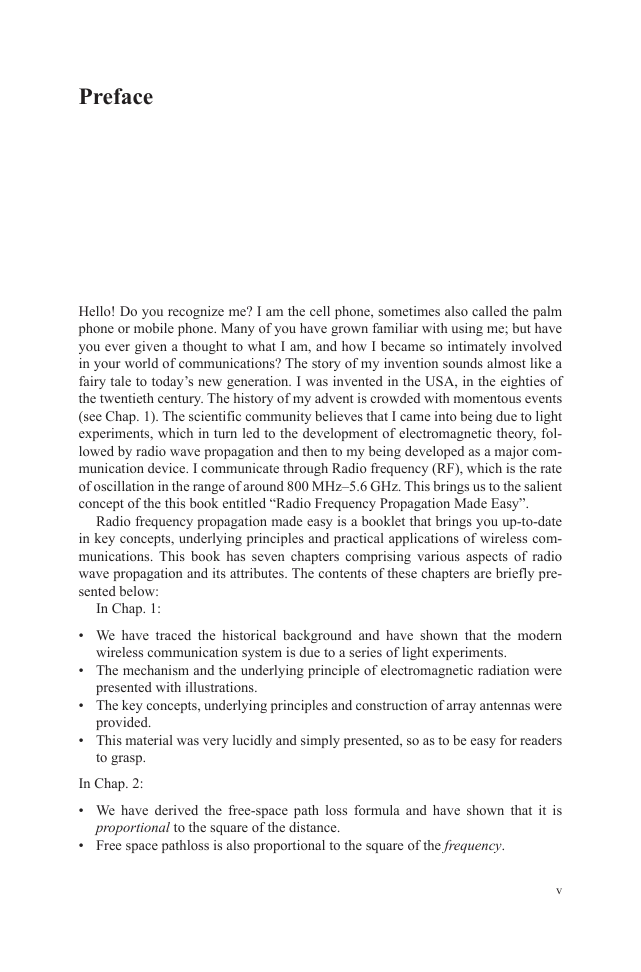
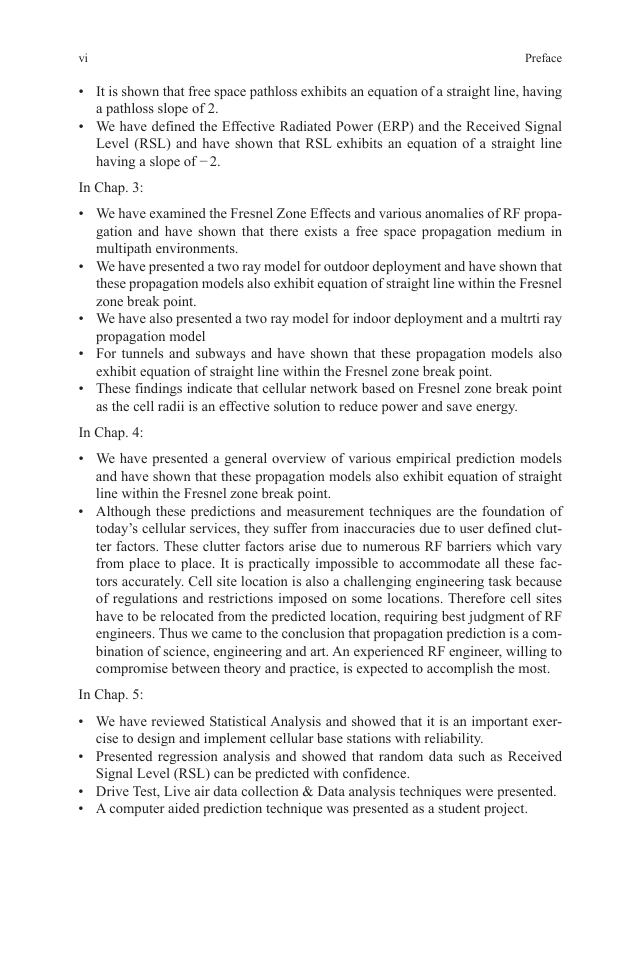









 2023年江西萍乡中考道德与法治真题及答案.doc
2023年江西萍乡中考道德与法治真题及答案.doc 2012年重庆南川中考生物真题及答案.doc
2012年重庆南川中考生物真题及答案.doc 2013年江西师范大学地理学综合及文艺理论基础考研真题.doc
2013年江西师范大学地理学综合及文艺理论基础考研真题.doc 2020年四川甘孜小升初语文真题及答案I卷.doc
2020年四川甘孜小升初语文真题及答案I卷.doc 2020年注册岩土工程师专业基础考试真题及答案.doc
2020年注册岩土工程师专业基础考试真题及答案.doc 2023-2024学年福建省厦门市九年级上学期数学月考试题及答案.doc
2023-2024学年福建省厦门市九年级上学期数学月考试题及答案.doc 2021-2022学年辽宁省沈阳市大东区九年级上学期语文期末试题及答案.doc
2021-2022学年辽宁省沈阳市大东区九年级上学期语文期末试题及答案.doc 2022-2023学年北京东城区初三第一学期物理期末试卷及答案.doc
2022-2023学年北京东城区初三第一学期物理期末试卷及答案.doc 2018上半年江西教师资格初中地理学科知识与教学能力真题及答案.doc
2018上半年江西教师资格初中地理学科知识与教学能力真题及答案.doc 2012年河北国家公务员申论考试真题及答案-省级.doc
2012年河北国家公务员申论考试真题及答案-省级.doc 2020-2021学年江苏省扬州市江都区邵樊片九年级上学期数学第一次质量检测试题及答案.doc
2020-2021学年江苏省扬州市江都区邵樊片九年级上学期数学第一次质量检测试题及答案.doc 2022下半年黑龙江教师资格证中学综合素质真题及答案.doc
2022下半年黑龙江教师资格证中学综合素质真题及答案.doc